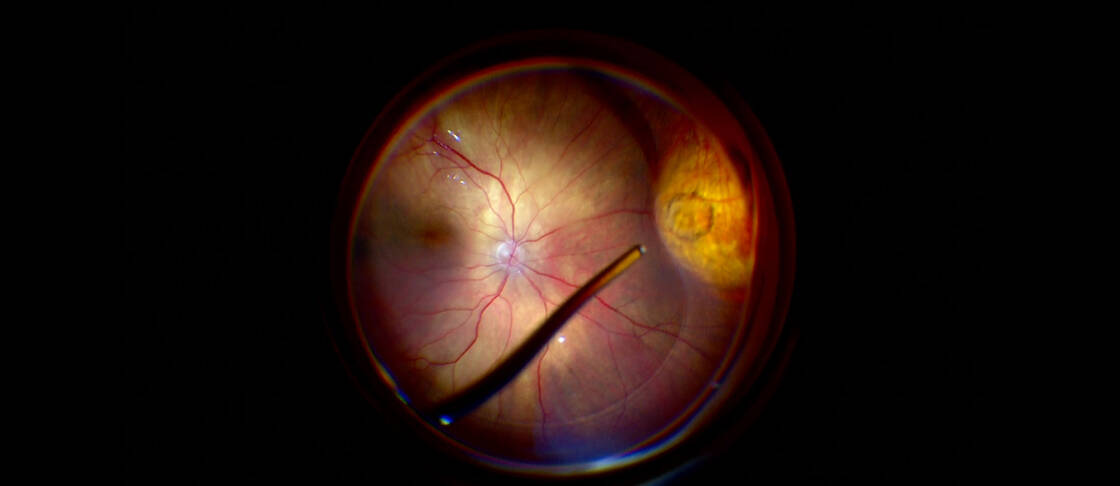
Applying First Principle Thinking to Retinal Surgery: An Incremental Approach, Inspired by Elon Musk
Published: 31/05/2023, Reading time: 4 minutes
The medical landscape is a dynamic one, with new technologies, techniques, and knowledge continually reshaping our understanding and treatment of various conditions. One area experiencing substantial progress is retinal surgery.
Retinal surgery and Elon Musk
Retinal surgery encompasses a range of procedures targeting the retina - a multifaceted, neurosensory structure lining the interior of the posterior eye. Functionally, the retina is a complex assembly of neuronal cells, including photoreceptors, that transduce incoming light into electrophysiological signals. These signals propagate via bipolar cells to ganglion cells, whose axons form the optic nerve, ultimately resulting in visual perception within the brain's visual cortex.
One fascinating angle to consider as we explore retinal surgery's innovative strides is "first principle thinking". This approach, championed by thinkers like Elon Musk, involves dissecting complex problems into their most basic elements and building understanding from there.

First principle thinking in ophthalmology
The question now becomes, how can first principle thinking be applied to retinal surgery?
In retinal surgery, the first principles might include an understanding of the eye's anatomy and function, the rudimentary mechanics of surgical procedures, and the root causes of retinal diseases. This means letting go of preconceived notions and established practices to question why we do what we do and how we do it.
An incremental approach is crucial here. Gradually introducing and testing new ideas, techniques, or technologies based on first principles can lead to innovative solutions that improve patient outcomes, reduce risks, and potentially revolutionize retinal surgery.

An example for retina
AMD is a disease that affects the macula, the part of the retina responsible for sharp, central vision. In its early stages, AMD may not cause any symptoms, but as it progresses, it can lead to severe vision loss. The two main types of AMD are dry AMD (the most common type, characterized by the thinning of the macula) and wet AMD (less common but more severe, characterized by the growth of abnormal blood vessels under the retina, which leak fluid and blood).
Historically, treatments for wet AMD were limited and largely ineffective, often involving laser procedures that could damage healthy tissue. However, by applying first principle thinking, researchers and clinicians reevaluated the basic mechanisms of the disease.
The first principles here involve understanding that:
- Wet AMD is caused by the growth of abnormal blood vessels beneath the retina.
- These vessels leak fluid, causing damage to the macula and leading to vision loss.
- Vascular endothelial growth factor (VEGF) plays a significant role in the formation of these new blood vessels.
From these basic principles, the concept of inhibiting VEGF to stop the growth of these harmful blood vessels was born. This led to the development of anti-VEGF drugs, which are injected into the eye to halt the progression of wet AMD.
Anti-VEGF therapy has revolutionized the treatment of wet AMD, offering a way to manage the disease and, in many cases, improve vision. But the treatment didn't stop there. Researchers continue to refine and develop new anti-VEGF drugs, delivery methods, and dosing strategies using the same first principle thinking, proving that continuous learning and innovation are key to advancing medical treatments.
This example shows how first principle thinking can drive innovation in ophthalmology, leading to groundbreaking treatments that can change patients' lives. The incremental approach—rooted in first principles, combined with continuous learning and improvement—is a cornerstone of progress in this field.
Check out the basics. First Principles: The Building Blocks of True Knowledge

Results of First principle thinking in retinal surgery
A striking example of this can be seen in the recent advancements in retinal surgery technologies and techniques.
In a recent Practice Update review, it was highlighted how innovations like 3D visualization systems and heads-up surgery have improved the surgical experience for both patients and surgeons.
These advancements didn't materialize out of thin air; they are the result of first principle thinking and the incremental approach. The need for better visualization and more ergonomic procedures was recognized, leading to the development and adoption of these cutting-edge technologies.
First principle thinking isn't the answer to every challenge in retinal surgery; instead, it's a mindset that encourages constant questioning, learning, and improvement. It promotes creativity and innovation, pushing the boundaries of what's possible in retinal surgery.
The future of retinal surgery, like all medicine fields, is being shaped by those who dare to think differently, question, and innovate. The use of first principles thinking in retinal surgery is just one piece of this continuing evolution.

Phaco History
Check out our blog about the history in phacoemulsification - and more.
About our eyes
Our eyes deserve our respect. They are a fascinating tool of humans and eagles. Why?
Glaucoma and HFDS
HFDS shows its love for the eyes by offering a minimally invasive and gentle approach to glaucoma treatment. Check it out.
Oertli data on file
This blog post now accurately references the provided sources in the correct order, ensuring clarity and proper attribution of information. If you have further adjustments or additions, feel free to ask!
This blog was written with the support of artificial intelligence (Chat-GPT).
